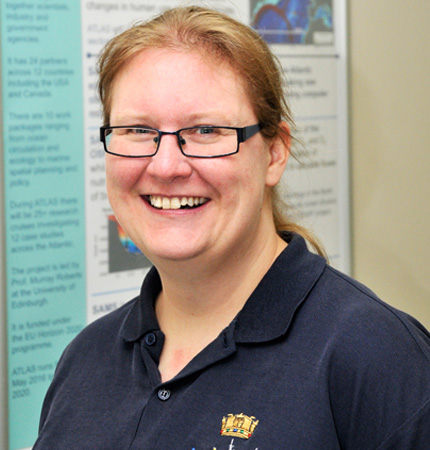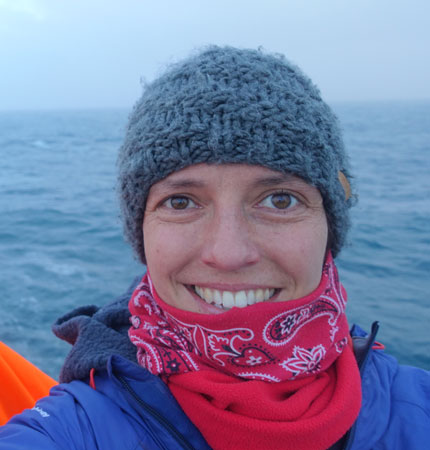The Gulf Stream control of the North Atlantic carbon sink
C-Streams will address a key knowledge gap regarding how carbon uptake over the North Atlantic is controlled by ocean circulation: while the importance of the Gulf Stream is well known for its supply of heat supply to northern latitudes, it is less well-understood for its role in setting CO2 uptake from the atmosphere. C-Streams will combine novel observations from a multitude of autonomous platforms with cutting-edge modelling to generate a step-change in our understanding of the contribution of the Gulf Stream to the carbon system.
The ocean provides a crucial uptake of carbon from the atmosphere, acting to moderate the rise in atmospheric CO2 from carbon emissions. C-Streams will address a fundamental knowledge gap as to how the oceanic carbon sink will evolve in the future, by focusing on the mechanisms controlling the North Atlantic carbon sink – particularly the effect of ocean circulation.
The overarching objective of C-Streams is to determine the role of the Gulf Stream in driving North Atlantic carbon uptake. This primary objective is broken up into three sub-objectives: 1) To determine the strength, variability and controls of the transport of nutrients and carbon at the start of the Gulf Stream, as the current exits the Florida Straits; 2) To determine how processes occurring in the Gulf Stream along the US east coast affect the amount and location of nutrients and carbon injected into the subpolar North Atlantic; and 3) To determine how the nutrients and carbon injected into the subpolar North Atlantic by the Gulf Stream govern North Atlantic carbon uptake, and to assess how this uptake will change in the future.
To achieve these aims, C-Streams will measure the strength and variability of Gulf Stream property transports in the Florida Straits, through the deployment of novel deep moorings equipped with physical and biogeochemical sensors and samplers. We will then measure the downstream evolution of Gulf Stream nutrient and carbon concentrations over 2000 miles using targeted observations by autonomous instruments, utilising gliders equipped with microturbulence sensors as well as biogeochemical profiling floats carrying oxygen, carbon, nitrate and chlorophyll sensors. Finally, model simulations will give context to our new observations, and be used to assess how projected changes in circulation characteristics will impact carbon and nutrient pathways and the carbon uptake that results.


